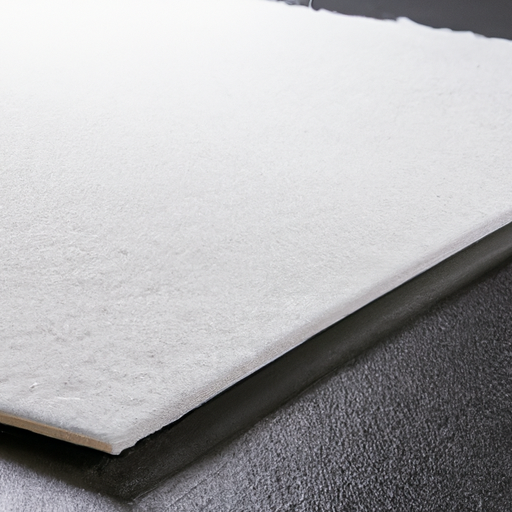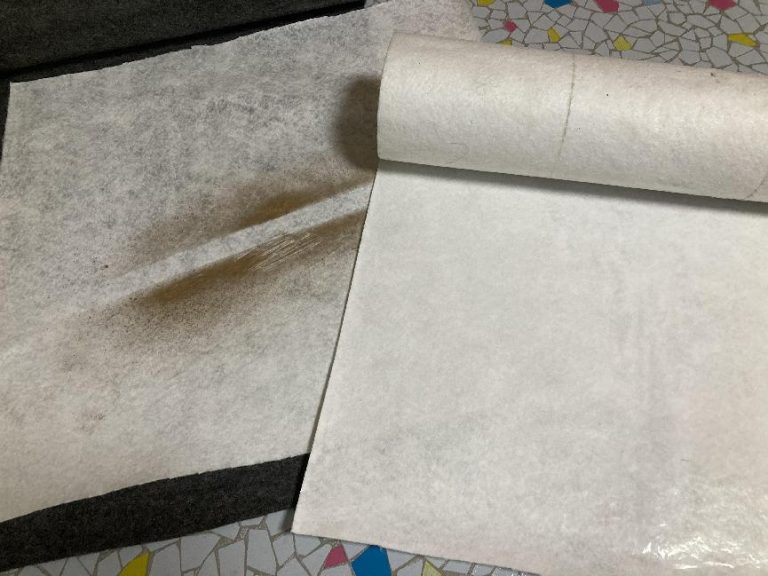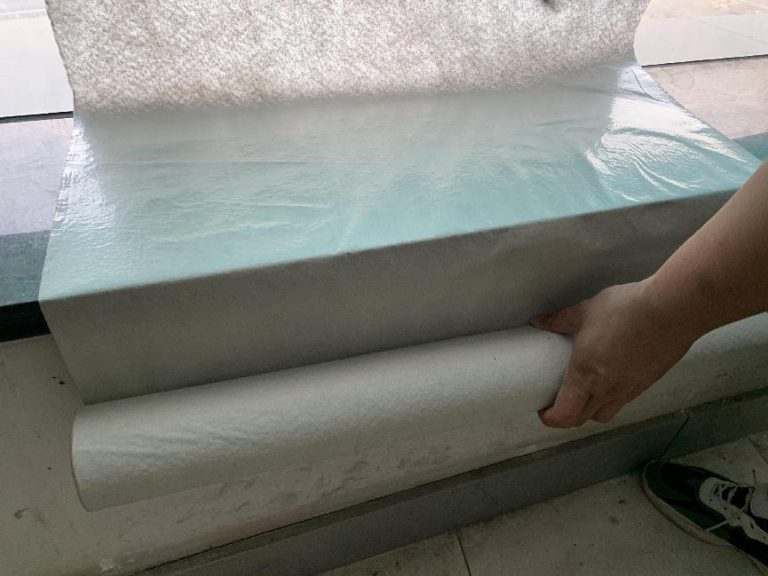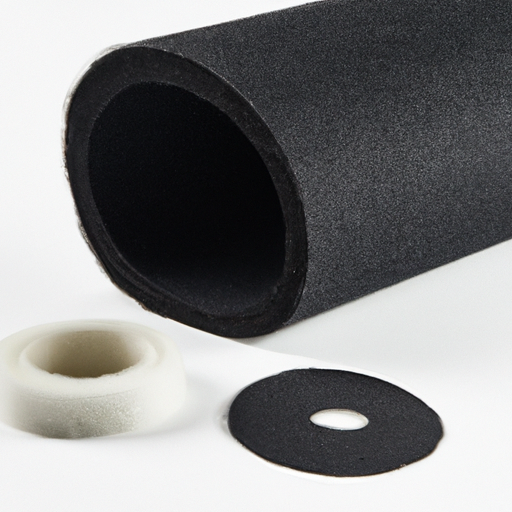Polyethylene polypropylene felt is an environmentally friendly self-adhesive roofing felt roll produced by a high-quality factory in China,
Table of Contents
The Benefits of Using Polyethylene Polypropylene Felt for Roofing
Polyethylene polypropylene felt is a popular choice for roofing due to its many benefits. This material is lightweight, durable, and cost-effective, making it an ideal choice for many roofing projects.
One of the main benefits of using polyethylene polypropylene felt for roofing is its durability. This material is highly resistant to water, wind, and other elements, making it an excellent choice for protecting a roof from the elements. It is also resistant to mold and mildew, which can cause damage to a roof over time. Additionally, this material is highly resistant to UV rays, which can cause fading and discoloration of a roof over time.
Another benefit of using polyethylene polypropylene felt for roofing is its cost-effectiveness. This material is relatively inexpensive compared to other roofing materials, making it an attractive option for those on a budget. Additionally, this material is easy to install, which can help to reduce labor costs.
Finally, polyethylene polypropylene felt is lightweight, making it easy to transport and install. This material is also flexible, allowing it to be used in a variety of applications. This makes it an ideal choice for those who need to cover large areas quickly and efficiently.
Overall, polyethylene polypropylene felt is an excellent choice for roofing due to its durability, cost-effectiveness, and lightweight nature. This material is highly resistant to water, wind, and other elements, making it an ideal choice for protecting a roof from the elements. Additionally, this material is relatively inexpensive compared to other roofing materials, making it an attractive option for those on a budget. Finally, this material is lightweight and flexible, making it easy to transport and install. For these reasons, polyethylene polypropylene felt is an excellent choice for roofing projects.
How to Install Polyethylene Polypropylene Felt for Roofing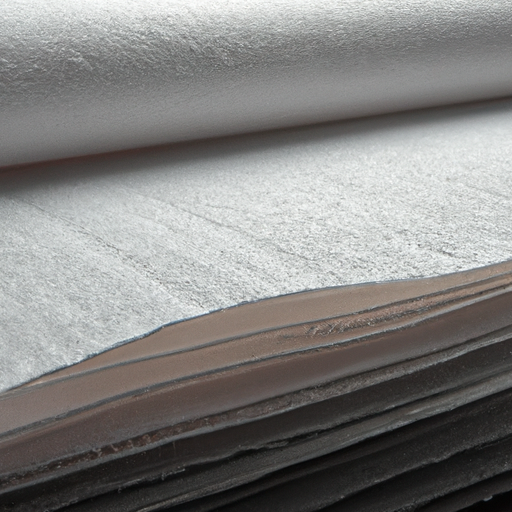
Installing polyethylene and polypropylene felt for roofing is a relatively straightforward process that can be completed in a few simple steps. Before beginning, it is important to ensure that the roof is properly prepared and that all necessary materials are on hand.
Step 1: Prepare the Roof
Before installing the felt, the roof must be properly prepared. This includes removing any existing roofing material, cleaning the surface of the roof, and repairing any damage. Once the roof is clean and free of debris, it should be inspected for any weak spots or areas that may need additional support.
Step 2: Install the Felt
Once the roof is prepared, the felt can be installed. Begin by unrolling the felt and cutting it to the desired size. It is important to leave a few inches of overlap on each side to ensure a secure fit. Once the felt is cut, it should be laid out on the roof and secured with nails or staples.
Step 3: Seal the Edges
Once the felt is installed, the edges should be sealed with a waterproof sealant. This will help to prevent water from seeping in and causing damage.
Step 4: Install the Underlayment
The final step is to install the underlayment. This is a layer of material that is placed between the felt and the roof deck. It helps to protect the roof from water damage and provides additional insulation.
By following these steps, you can easily install polyethylene and polypropylene felt for roofing. It is important to take the necessary precautions to ensure that the roof is properly prepared and that the felt is installed correctly. Doing so will help to ensure that your roof is properly protected and will last for many years to come.
The Advantages of Using Polyethylene Polypropylene Felt for Roofing Over Traditional Roofing Materials
Polyethylene polypropylene felt is a modern roofing material that has become increasingly popular in recent years due to its many advantages over traditional roofing materials. This material is a combination of polyethylene and polypropylene, two synthetic plastics that are lightweight, durable, and resistant to water and other elements. It is also highly flexible, making it ideal for use on roofs with complex shapes and angles.
One of the primary advantages of using polyethylene polypropylene felt for roofing is its superior durability. This material is highly resistant to damage from wind, rain, snow, and other elements, making it an ideal choice for areas with extreme weather conditions. It is also resistant to UV radiation, which helps to protect the roof from fading and discoloration. Additionally, this material is fire-resistant, making it a safe choice for homes and businesses.
Another advantage of using polyethylene polypropylene felt for roofing is its cost-effectiveness. This material is much less expensive than traditional roofing materials, such as asphalt shingles, and can be installed quickly and easily. Additionally, it requires minimal maintenance, which can help to reduce the overall cost of ownership.
Finally, polyethylene polypropylene felt is also environmentally friendly. This material is made from recycled materials, making it a sustainable choice for roofing. Additionally, it is non-toxic and does not emit any harmful chemicals or fumes, making it a safe choice for homes and businesses.
Overall, polyethylene polypropylene felt is an excellent choice for roofing due to its superior durability, cost-effectiveness, and environmental friendliness. This material is an ideal choice for areas with extreme weather conditions, and it can help to reduce the overall cost of ownership. Additionally, it is non-toxic and does not emit any harmful chemicals or fumes, making it a safe choice for homes and businesses.

